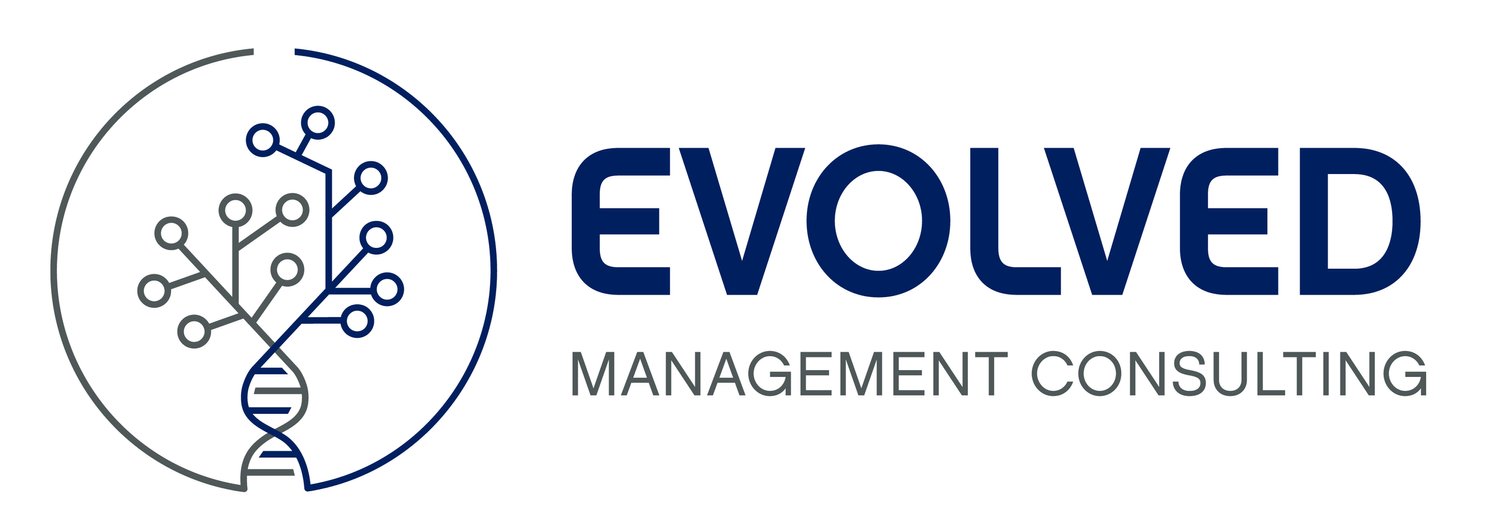Managed Services Metrics Service Managers Should Focus On
Your managed services helpdesk team is very busy. There are several service desk metrics that can help measure your performance. Here are some ultimate metrics that a service manager should focus on.
Simple Service Desk Metrics
Open vs Close
The easiest service desk metric to focus on is the number of tickets open versus the number of tickets closed. If there are 200 support tickets opened in a day, you should be closing at least 200 tickets daily. This is a simple measure of your closure rate. If you aren’t closing more tickets than you’re opening, you will end up with a backlog. A backlog of tickets will lead to longer resolution times, which can result in unhappy clients and stressed-out support staff.
Mature Service Desk Metrics
Service Level Agreements (SLA)
Once your service desk reaches a certain level of maturity and is able to close more tickets than are opened in a day, the team can move on to more advanced service metrics. Service level agreements (SLA) ensure that when a support ticket is opened, it is acknowledged, started, and resolved in a set period of time. An SLA will ensure that not only is the simple volume of tickets being managed, but the priority of the tickets is being managed as well. Since not all tickets carry the same urgency, it’s important to be able to juggle a little and close the high-priority requests fast. I did a very detailed blog post previously about managing SLAs [here].
Performance Management (Advanced metrics)
Tickets Per Tech
Once team metrics are in place, you can start focusing on individual contributions. How many tickets should the support techs be closing? This can vary from person to person, but having an expectation of output from each team member is invaluable. Tier 1 support staff should generally close 10-20 tickets a day, Tier 2 slightly lower at 5-10, and Tier 3 around 5 a day. Whatever the number, having an agreement between team members and service managers is crucial. If there’s a slip in actual output, the manager can work with the staff member to determine why.
Client Satisfaction (CSAT)
One of the key risks to increasing a helpdesk staff member's output is it can often lead to low-quality closes. In order to hit a certain number, the helpdesk staff will simply close tickets without checking with the user to ensure they are satisfied with the resolution. When you’re smaller, you can review each ticket to ensure the staff is following the support policy and contacting the user to make sure they are satisfied, but this approach doesn’t scale well. Using customer satisfaction (CSAT) as a team metric as well as an individual metric is a great way to protect the clients from quick-closes. Having CSAT scoring available to measure individual technicians' metrics is really useful as well. If you’re using ConnectWise or Autotask surveys, you’re likely not getting the amount of feedback that makes this a useful metric. Instead, use SimpleSat. SimpleSat makes it crazy simple for the client to give you quick feedback on every ticket that gets worked on. Plus, the data is collected in a beautiful dashboard for easy review for team and individual staff members.
To explore further, listen to our podcast episode, ERP105 - Scaling Your MSP, which covers scaling your managed services effectively.
Simplesat Connectwise Survey Dashboard
So, whether you’re just getting started with MSP helpdesk metrics or you’re already a mature operator, make sure you’re using CSAT to measure and manage customer feedback about the quality of your service. SimpleSat offers a free 30-day trial to get you started, and if you mention that you heard about SimpleSat from Evolved, you’ll receive a 15% discount on their posted website price.
Header image thanks to Infocash on Flickr.







